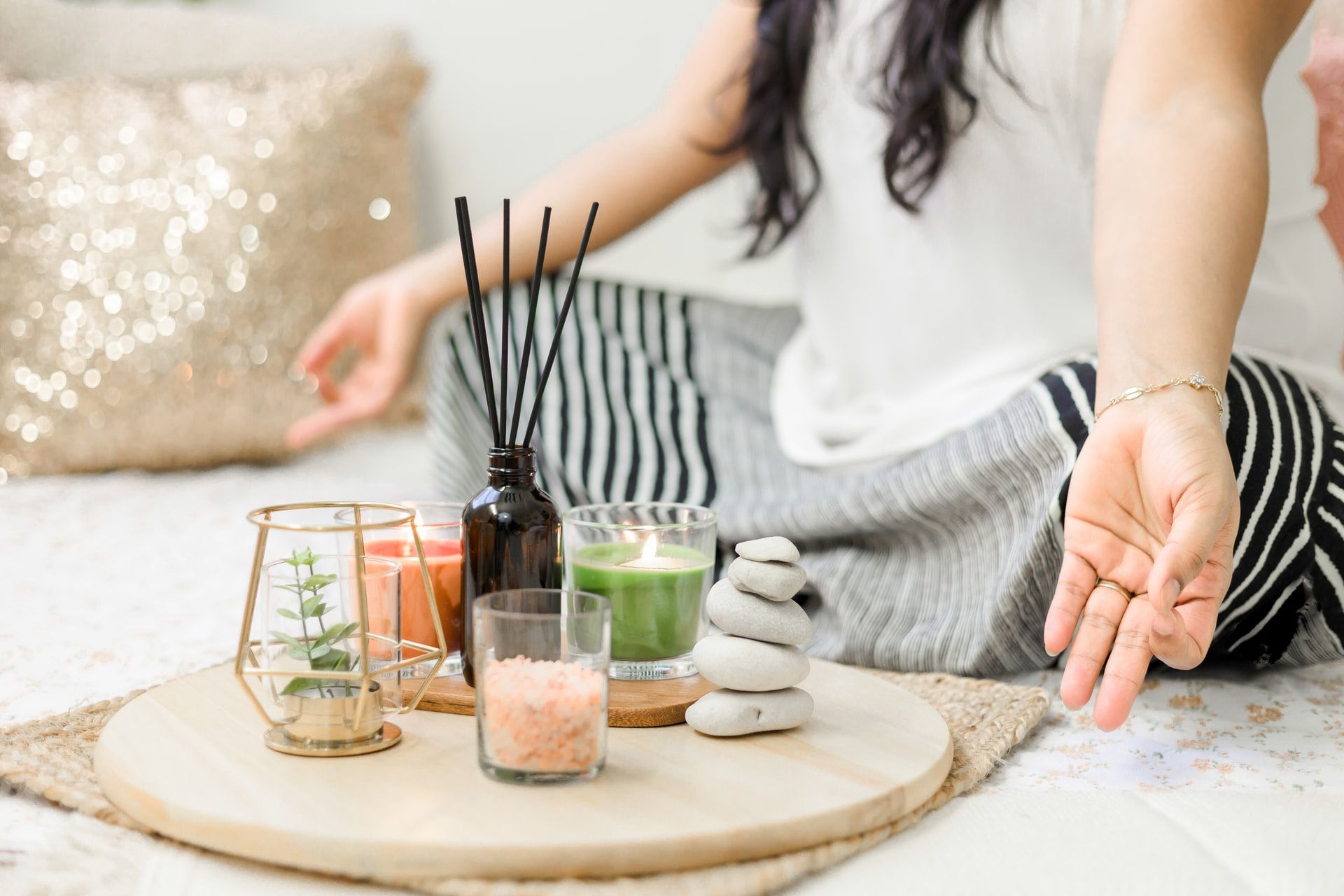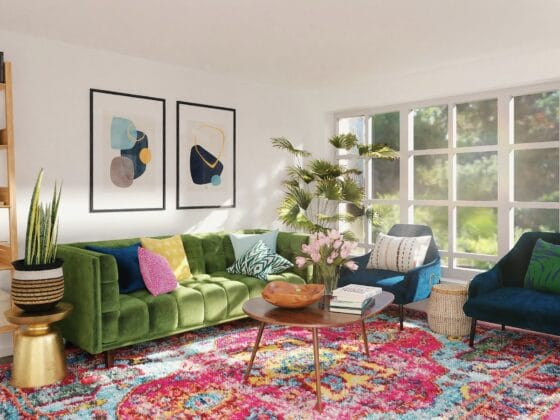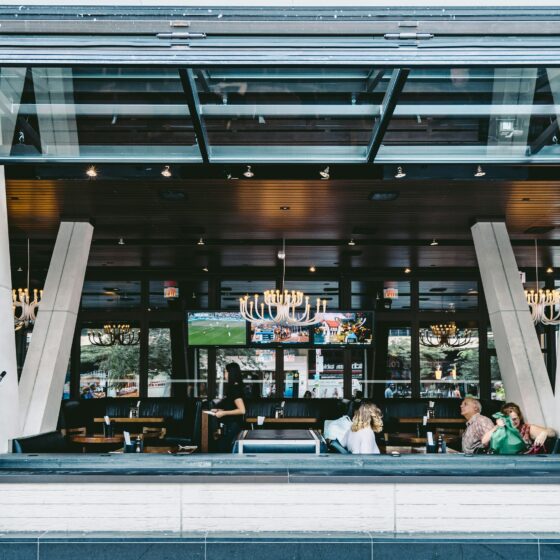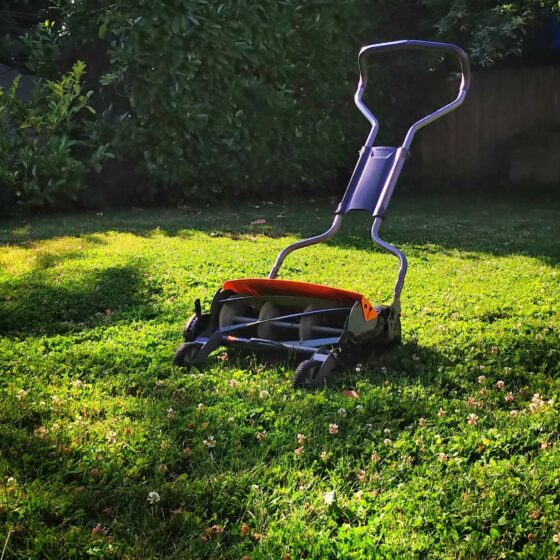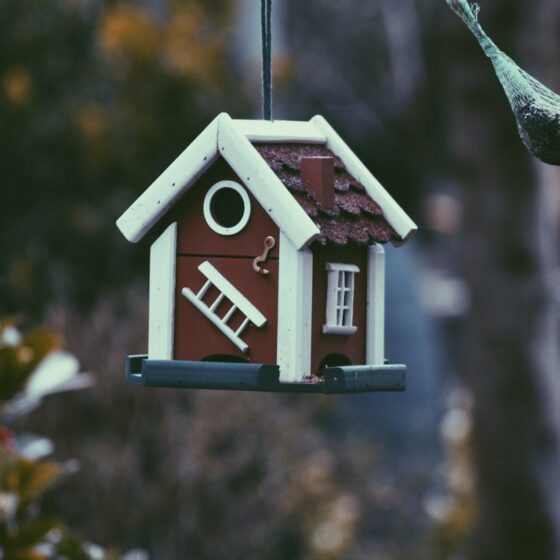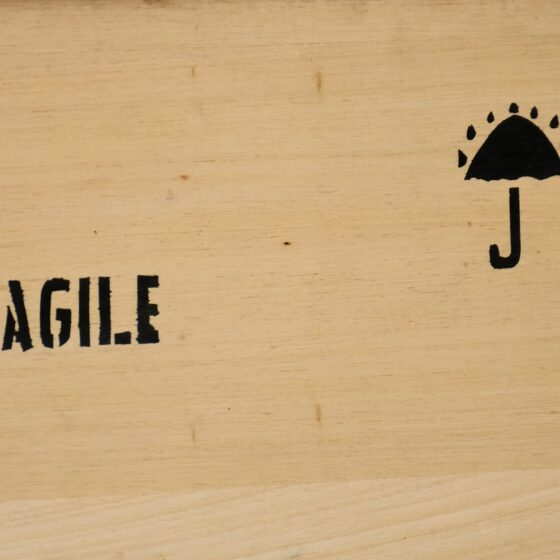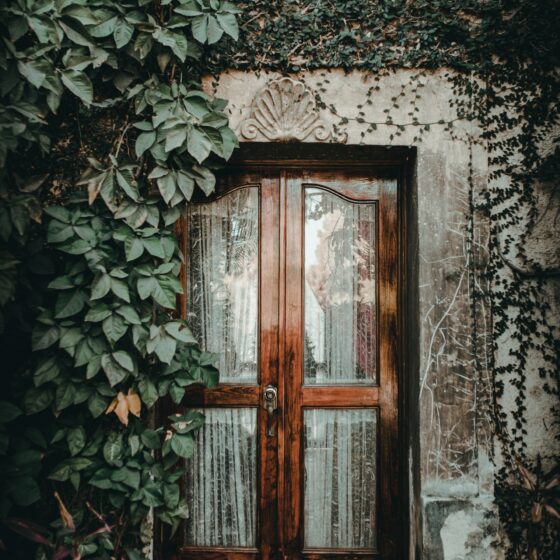What a toothbrush does for our teeth, meditation does for our mind. Despite this, not many people find either the time or the space for their daily meditation practice. Stress piles up, brain fog ensues, and our own mind turns against us due to inadequate mental hygiene.
However, unlike with a rotten tooth, we can’t just extract our mind when it all goes downhill.
In this article, we’ll brainstorm some interesting meditation room ideas in the hopes that they’ll inspire you to set up your own meditation area and improve your wellbeing.
Sit back, relax, and let’s get started!
Boho Vibe
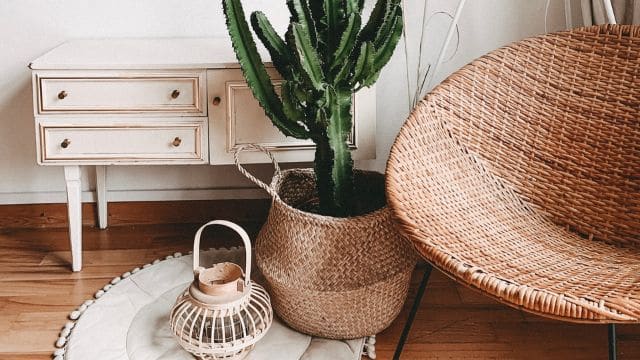
This boho-style meditation area will not only help you unwind after a hard day’s work but also keep those creative juices flowing!
Namely, the whole point of this style is to provide an aura of freedom and comfort by being unconventional, eclectic, and “artsy” — hence why these types of rooms tend to be highly decorative and pleasant to be in.
To set up a perfect boho meditation room, let your imagination run wild, combine different art styles, and add some personal touches to keep the room nice and familiar.
For example, use a soft rug instead of a yoga mat for your meditation spot and hang some plants or paintings on your walls to keep things interesting.
Soon you’ll forget about all your worries and hum Hakuna Matata after a quick meditation session.
Meditation Corner by the Window
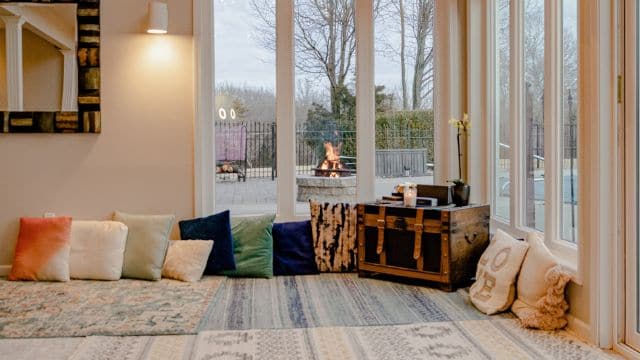
There’s a reason why cats love meditating around windows so much. For one, you can enjoy the view completely carefree as the hectic outside world goes about its business. All the better if you have a beautiful backyard view.
You can even let in some fresh air and use the cool breeze to help you center yourself.
To set up your mini relaxation corner, simply stack some pillows on the ground near the window panes and make yourself comfortable by placing a yoga mat underneath.
If possible, do this on the side of the room directly facing the Sun to absorb that cosmic energy and get some much-needed vitamin D (provided you open the windows).
Picking bright colors for your pillows and surrounding elements will also do wonders for your mood, allowing you to unclutter your thoughts and keep a positive frame of mind.
Small Relaxation Area
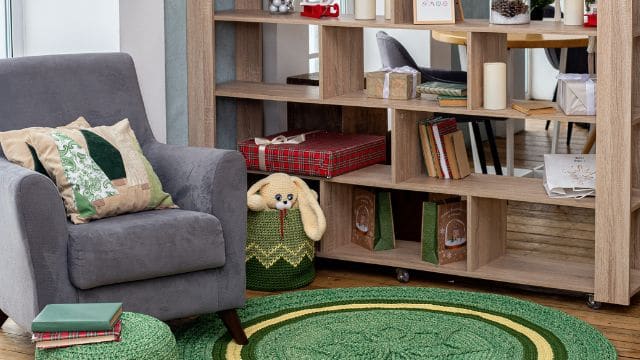
“Size matters not,” as the famed Jedi master Yoda once said. In fact, you only need a tiny rug to split your studio apartment into two and create a small meditation room for you to enjoy. You can also use a wide bookcase as a makeshift wall to delineate the two areas.
Place a comfy reading chair, and you can turn that small meditation area into a multi-purpose room; how cool is that?
Read a book, chillaxe, or take a nap — the possibilities are endless!
Outdoor Sanctuary
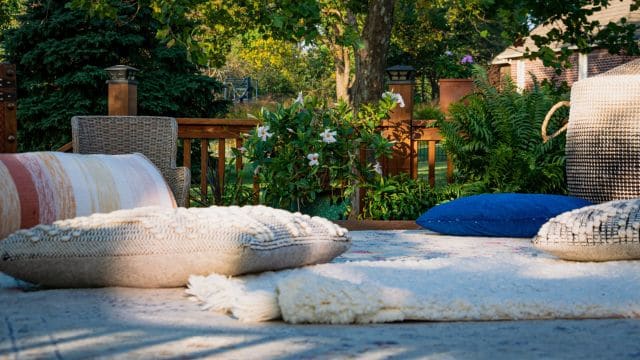
No more room inside your home? No problem! Simply use an outdoor spot as your personal sanctuary.
Fill your patio or deck with mats and cushions and chill out in the “great outdoors.” If you don’t have one, just place a hammock in your backyard and use it as a portable relaxation station; you can also take it to the local park or the woods if you’re the adventurous type.
Grow some fragrant plants such as Lavander or Jasmine to make your stay more enjoyable and savor their calming scent with each breeze. Couple that with some soothing lavender or jasmine tea, and you’ll reach Nirvana in no time!
Japandi Zen Meditation Room
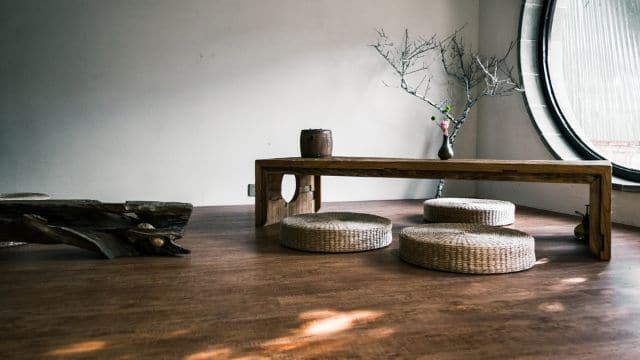
We know what you’re thinking — and no, this is not a typo!
The synergetic Japandi style mixes rugged Scandinavian design with hints of the Orient to create a natural, minimalistic feel that is both calming and beautiful to behold.
For example, surround an old wooden coffee table with some wicker ottomans and add some bonsai or bamboo plants to complete the design. You can also use some rustic barrels or beer kegs for that distinct Viking vibe to really get you in the zone.
Meditation Space in the Attic
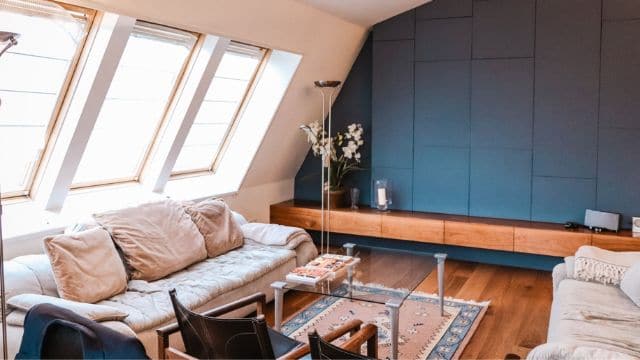
For most people, attics serve merely as a place to dump the extra stuff they no longer need around the house. Well, instead of succumbing to your hoarding urges, why not create a stress-free zone for some good ol’ peace ‘n’ quiet?
Make a yard sale or use sites like eBay or Craigslist to rid yourself of unwanted clutter and reinvest that capital into your new domain. Better yet, save yourself the hassle and repurpose some old living room sofas that have been gathering dust; add some decorative plants and a few comfy cushions.
Now, whenever you feel overwhelmed, you can escape to your new rooftop refuge, declutter your thoughts, and get some much-needed alone time.
Green Oasis
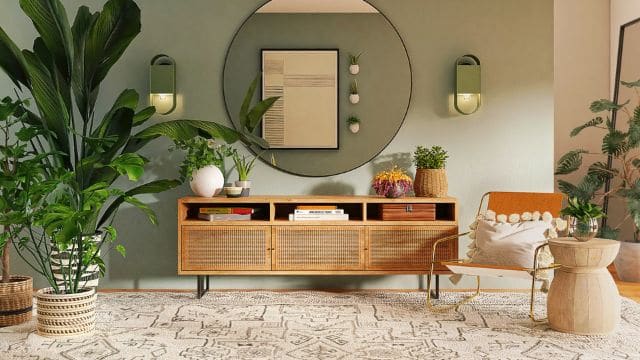
Yearning for the call of the wild? Then why not transform your average, run-of-the-mill yoga meditation room into a lush oasis?
After all, nature provides plenty of health benefits, including better sleep, improved heart health, and most important of all — stress reduction.
Use neutral colors for your walls and decor; eco-friendly materials for your furniture are also preferable. If you want to take it to the next level, we recommend removing any electronic devices from the room that could be a source of distraction, such as TVs, computers, and screens of any kind.
After that, it’s just a matter of picking the suitable greenery for your Zen room, like peace lilies, ferns, cacti, aloe vera plants, etc.
Last but not least, add a few cushions or yoga mats — perhaps even a wicker armchair or two — and reconnect with nature from the comfort of your own home.
Hygge Frame of Mind
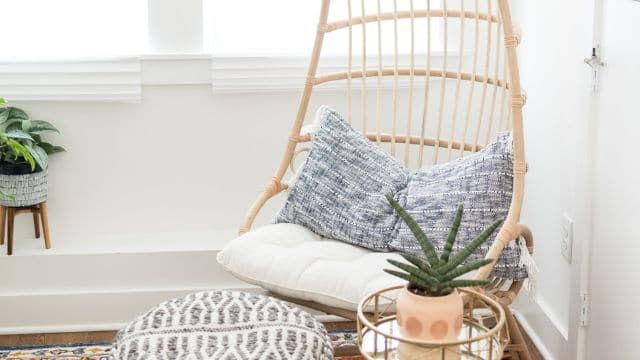
There’s a reason why Danes are considered one of the happiest people on the planet — namely, hygge.
When translated, hygge means “coziness,” but the notion itself is more about enjoying the simple things in life. Hence, hygge home decor is all about comfort and making yourself feel at home, which is just what our modern meditation room needs.
Indulge yourself with some soft, luxurious furniture; get a warm blanket for your armchair; use plenty of cozy pillows and cushions for your meditation spot; light up that fireplace, watch the fire crack, and doze off into serenity.
Perfect Imperfection
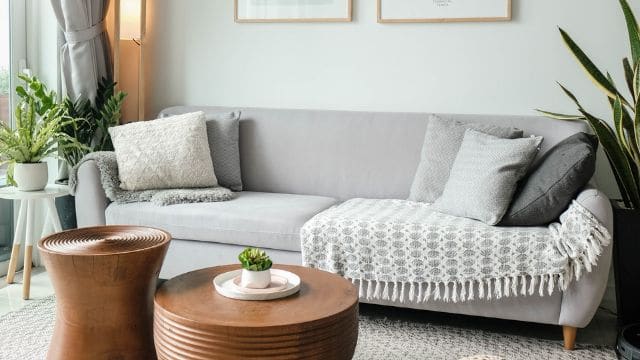
The idea that you can channel positive energy through space has been around for centuries, most notably in the philosophy of Feng Shui — the perfect imperfection.
Despite sounding paradoxical, there’s a method to this “madness” exhibited in the five Feng Shui elements — water, wood, metal, earth, and fire. And to reach the perfect balance for your meditation area, you must introduce the right amount of each.
For example, our Feng Shui meditation room decor ideas include vibrant green plants; fresh flowers; scented candles; humidifiers; earthy and neutral colors (green, beige, cream, tan, etc.); rocks and crystals; asymmetrical end and coffee tables; horizontal and vertical pillows for the sofa, and so on.
The Japanese Wabi-Sabi design follows similar principles, i.e., the beauty of imperfection.
Regardless of what you pick, just remember that a bit of chaos can go a long way.
Less Is More
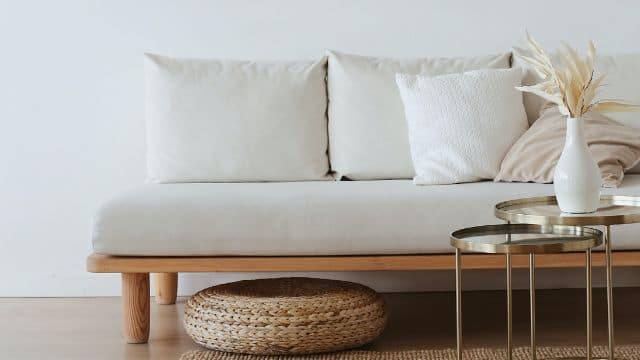
When it comes to meditation, less is most certainly more. Namely, you don’t want to overstimulate your senses with fancy meditation room decor and trigger your so-called “monkey brain.” Instead, you want to reach a state of pure blissfulness — Zen.
To do this, embrace the minimalist philosophy and declutter your living room of any distractions or superfluous items. Leave only the bare essentials, such as your couch and coffee table. Likewise, employ non-ornamental, slick-looking furniture and keep it simple.
Not only will this help focus your mind better, but it’ll also make for an excellent meditation room on a budget.
Conclusion
In the end, it all comes down to personal preferences. Some might find a highly ornamental meditation room invigorating, whereas others might find it distracting. You know best what suits your interests; remember, there’s no right or wrong answer.
Follow our advice, and you’ll have no problems opening your chakras — all seven of them!
FAQ
What color should a meditation room be?
Neutral colors, such as grey, beige, and white, are considered optimal due to their relaxing effect. The same could also be said for more “earthy” colors (green, cream, tan, etc.).
What items are used for meditation?
Absolutely nothing; that’s the beauty of it. Though some people might use crystals, candles, or incense to lighten the mood and increase their focus; a few cushions, pillows, or a yoga mat will also make things more comfortable.
What candles are good for meditation?
Lavender, vetiver, jasmine, and ylang-ylang scented candles are most commonly used for meditation. However, you can pick almost any scent you find relaxing.
What is a meditation chair?
A meditation chair is a piece of furniture designed to make sitting in the lotus pose (the most commonly used meditation pose) more manageable and comfortable.
What should I have in my meditation room?
Space. Other than that, it’s entirely up to you. People often include chairs, sofas, ottomans, yoga mats, cushions, pillows, crystals, candles, and incense in their meditation room ideas, to name but a few.

